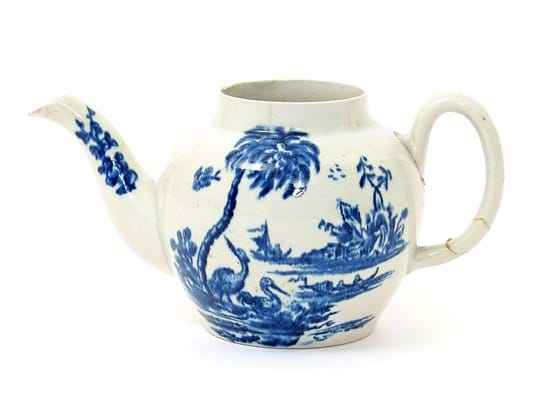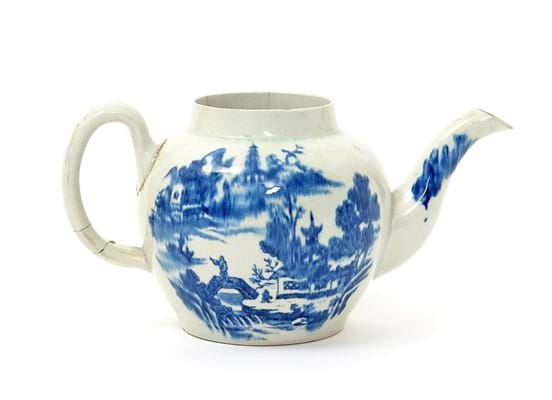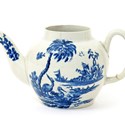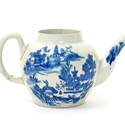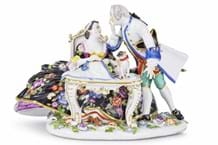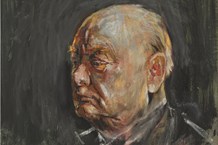London dealer Rod Jellicoe was bidding in the room on behalf of the museum and saw off strong competition from an American underbidder on the phone. The vendor of the teapot, a private collector from the south-west of England, had bought it recently in the Midlands for just £15.
The bidding at the auction in Salisbury opened at £10,000 but rose quickly in increments of £5000 up to £200,000. The price then rose in increments of £10,000 until auctioneer Clare Durham finally knocked down her gavel to a round of applause in the saleroom.
The vessel, only the seventh piece known from the John Bartlam factory in Cain Hoy, South Carolina, was estimated at £10,000-20,000 by Woolley & Wallis.
Bartlam’s kilns operating on the Wando river c.1765-70 are now recognised as the first to produce porcelain in America, preceding by about five years the better-known Bonnin and Morris factory in Philadelphia.
Low-fired phosphatic soft paste porcelain sherds were found at the Wando site in 2007, followed in 2010-11 by the discovery of a series of four blue and white teabowls and two saucers in English collections.
They had previously been sold or catalogued as Isleworth, the short-lived London factory that itself only arrived on the collecting map in the late 1990s.
The Chipstone Foundation in Milwaukee and the Philadelphia Museum of Art both acquired teabowls, while another offered for sale by Christie’s New York in 2013 sold at $120,000 (£76,000).
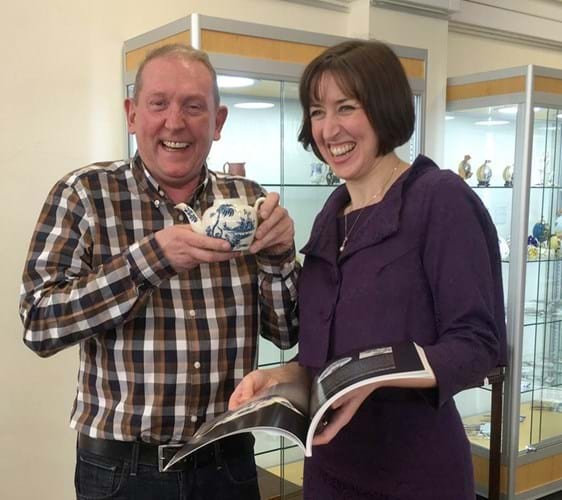
London dealer Rod Jellicoe, who was bidding for the early American teapot on behalf of the Metropolitan Museum of Art in New York, alongside Woolley & Wallis’ auctioneer and ceramics specialist Clare Durham.
ATG digital subscribers can read our detailed guide on John Bartlam and the early history of American porcelain



